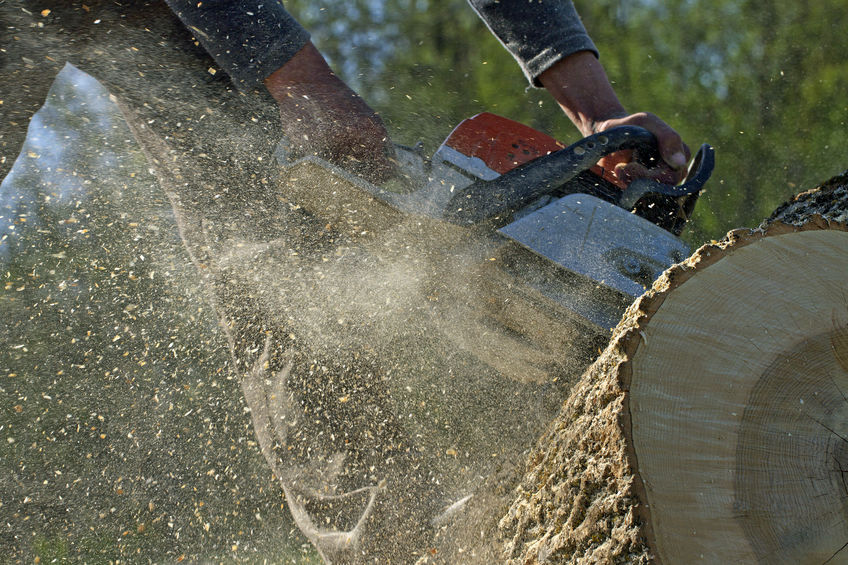The benefits of having trees are not unknown to anyone. They enhance the beauty of any landscape, provide fresh air and help maintain the temperature in your home. However, they are also prone to damage during heavy storms. Proper care and maintenance can minimize the damage, but it can still happen. And if not taken care of in time, it can significantly diminish the life of your trees.
Here we give you the lowdown on how to take care of your trees after storm damage:
Step 1: Identifying the type of damage
Usually, there are six common types of damage that can occur to trees during storms:
- Blow-over
- Stem failure
- Crown twist
- Root failure
- Branch failure
- Lightning
All of these affect your trees differently and should be treated differently to get the best results. If the damage is extensive, consider whether the tree is worth saving. If not, focus on removing the tree safely.
Step 2: Treat the tree
Once you have assessed the damage and determined the trees that can be saved, the next step is to treat the damage. First, identify the branches that are broken or hanging by the threads. They need to be removed entirely. Over time, you can heal the branches that are partially broken.
Step 3: Branch removal
You can remove branches smaller than 3 inches with pruning shears. Branches thinker than that may require a power saw. Branch removal may look easy, but there is a risk of injury. Therefore, it is advisable to take the help of professionals.
Step 4: Repair torn barks
Sometimes the bark on the tree’s trunk or large limbs gets torn during the storm. It usually happens when a tree gets struck by lightning. First, smooth out the rough edges of the torn bark by cutting the edges in an elliptical shape without damaging the inner green layer. The green layer is essential to transfer nutrients to the tree. In addition, it prevents the development of any fungus or insect infestation. Then let the bark heal itself with time.
Step 5: Wound treatments
Once you have pruned the tree and taken care of any torn branches, the next step is to check for any wounds on your tree. If you notice any wound larger than 1.5 to 2 inches, you need to cover it with dressing or pruning paint. They help protect the wound against drying out and disease infestation till they heal naturally.
Step 6. Uprooted trees
If a large and old tree was uprooted during the storm, there is no other way except to remove it entirely. It is best to call professional tree removal services since it is dangerous to handle on your own. However, you can try to straighten the tree and support it with cables till it gets re-rooted again.
About Marshall Tree Service and Landscaping
If you are looking for professional and reliable tree care services in the South Florida region, Marshall’s Tree Services should be your one-stop destination. Our services include tree removal, pruning, installation, landscaping, and pest control services. You can call at (754) 235-1926 or (786) 738-4886 to schedule a free review or learn more about our landscaping and tree services. You can also reach us via email at melchionnoj@yahoo.com or by filling out our contact form.


Recent Comments